HVAC – AHU Filters
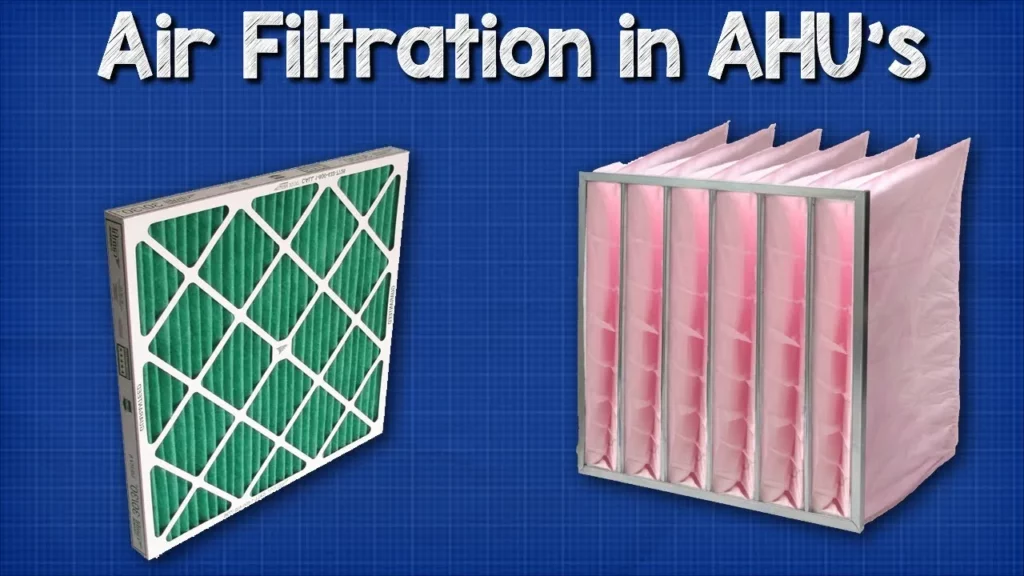
This lesson focuses on the importance of air handling unit (AHU) filters in HVAC systems, highlighting their critical roles in air purification and system efficiency. It distinguishes between primary filters, which capture larger dust particles, and secondary filters, which target finer particles like pollen and bacteria, emphasizing the need for regular maintenance and timely replacement to optimize performance and energy efficiency. Understanding these components is essential for maintaining indoor air quality and extending the lifespan of HVAC systems.
HVAC Internet Of Things – iiot
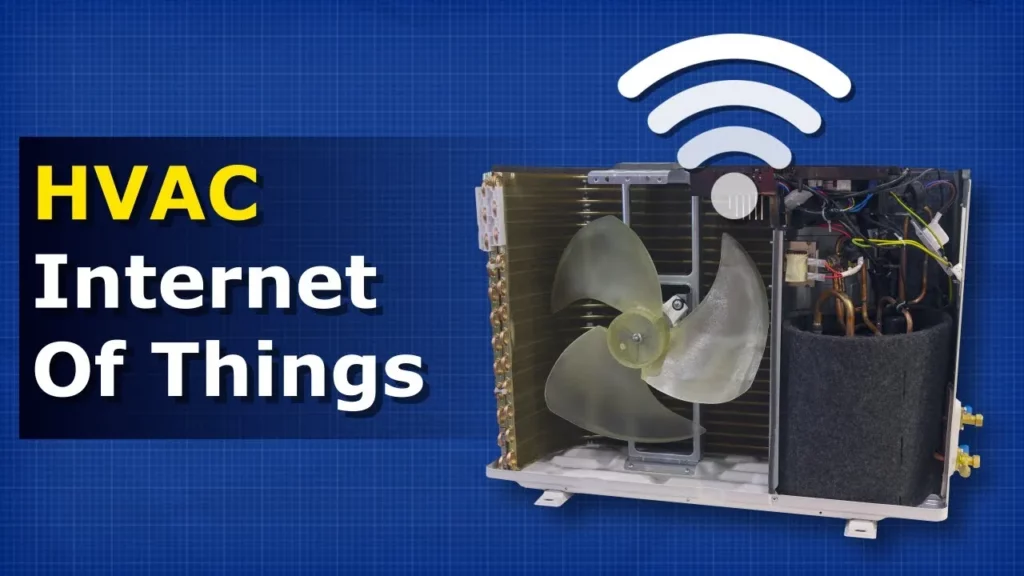
The lesson discusses the evolution of HVAC systems, highlighting the transition from mechanical components to advanced electronic systems integrated with the Internet of Things (IoT). This integration allows for real-time monitoring, predictive maintenance, and data-driven optimization, significantly enhancing energy efficiency and operational reliability. A case study of a German supermarket demonstrates the practical benefits of IoT in reducing energy consumption, showcasing the transformative potential of connected HVAC systems in various applications.
How Air Cooled Chiller Works – Advanced

This lesson provides a comprehensive overview of air-cooled chillers, focusing on their essential components, refrigerant properties, and the dynamics of heat transfer. It details the refrigerant’s behavior at critical points in the system, the airflow required for effective cooling, and the associated flow rates for both refrigerant and chilled water. The lesson emphasizes the importance of understanding these systems for efficient HVAC operation and encourages further exploration of related topics.
LDR and LED Circuit design – Solid State Relay
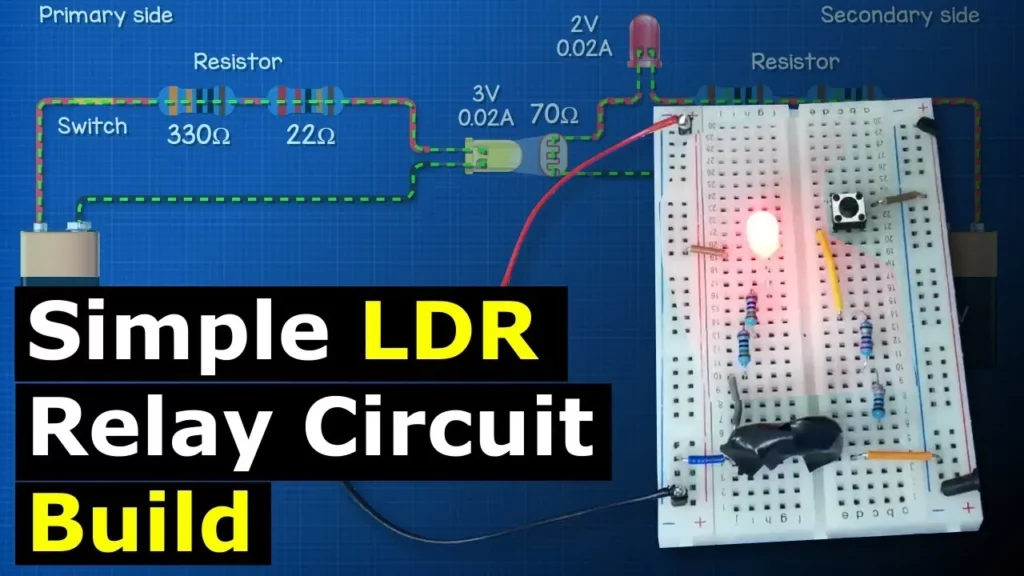
In this lesson, we designed a circuit using a light-dependent resistor (LDR) and LEDs to demonstrate how light levels can control electrical flow. The LDR’s resistance varies with light exposure, allowing it to activate a secondary red LED when illuminated by a primary white LED. By calculating appropriate resistor values and using a switch, we successfully created a system where the red LED lights up in response to the white LED, showcasing the principles of circuit design and the behavior of solid-state components.
Temperature Sensors Explained
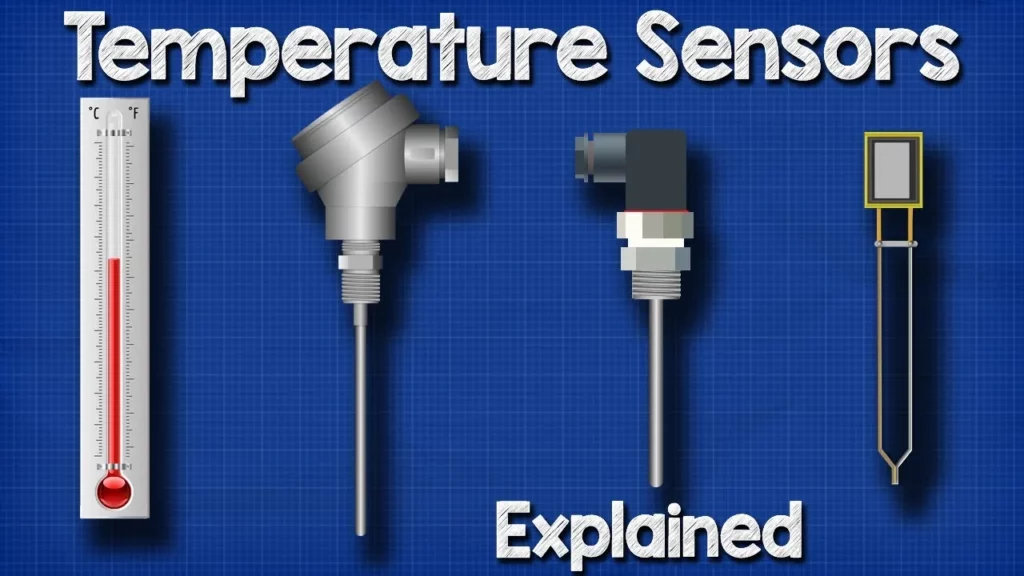
This lesson provides an overview of contact temperature sensors, focusing on three main types: thermocouples, RTDs (Resistance Temperature Detectors), and thermistors. It explains how each sensor operates, their advantages and limitations, and highlights their importance in accurately measuring temperature across various applications, from industrial settings to everyday devices. Understanding these sensors is crucial for selecting the appropriate type based on specific needs, such as required temperature range and accuracy.
DIY Centrifugal Pump – How to make a pump from wood and optimise with CFD

In this lesson, Paul from The Engineering Mindset demonstrates how to construct a basic centrifugal pump using wood and plastic, while also optimizing its design through computational fluid dynamics (CFD) analysis. The process includes building the pump with key components, testing various impeller designs, and utilizing SimScale for performance evaluation, ultimately revealing that the backward curved impeller design is the most efficient. The lesson emphasizes the advantages of modern engineering technologies in enhancing design accuracy and efficiency.
Why electric heating is the smart choice

Electric heating is an efficient and sustainable method of generating heat by converting electrical energy, making it increasingly popular for various applications. It operates by passing an electric current through materials with varying resistance, which generates heat through atomic collisions. With advantages such as quick installation, minimal carbon emissions, and versatility in applications ranging from household appliances to industrial processes, electric heating is a smart choice for both residential and industrial settings, especially as renewable energy sources become more prevalent.
This is How Diodes Work
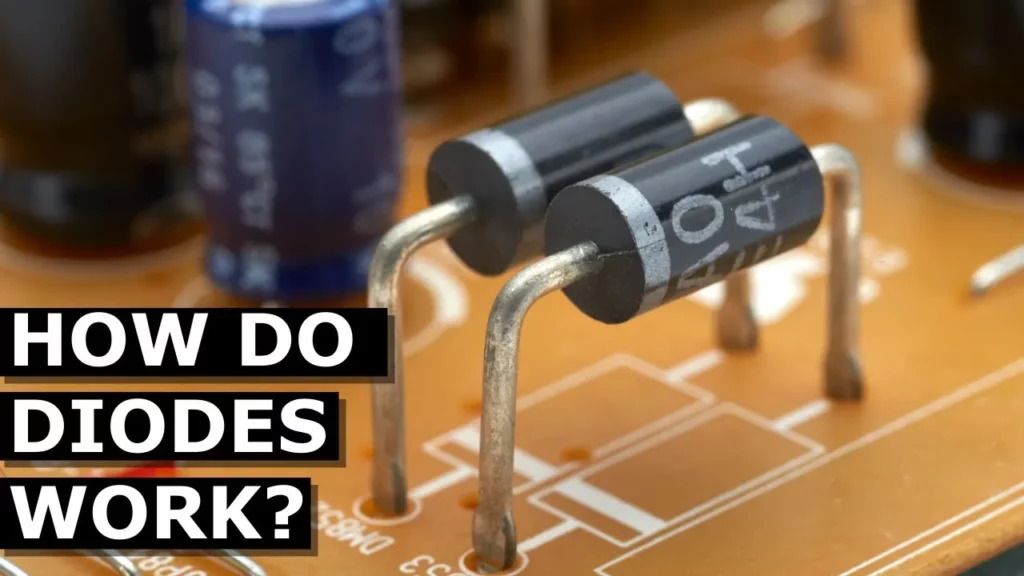
This lesson explains the fundamental principles of how diodes function, focusing on the behavior of electrons in conductors, insulators, and semiconductors. It highlights the role of doping in creating p-type and n-type silicon, which form a PN junction that controls current flow based on the applied voltage. When forward-biased, diodes allow current to pass once the voltage exceeds a specific threshold, while reverse bias prevents current flow, demonstrating their essential role in electronic circuits.
VRF Systems Explained – Variable refrigerant flow basics HVAC
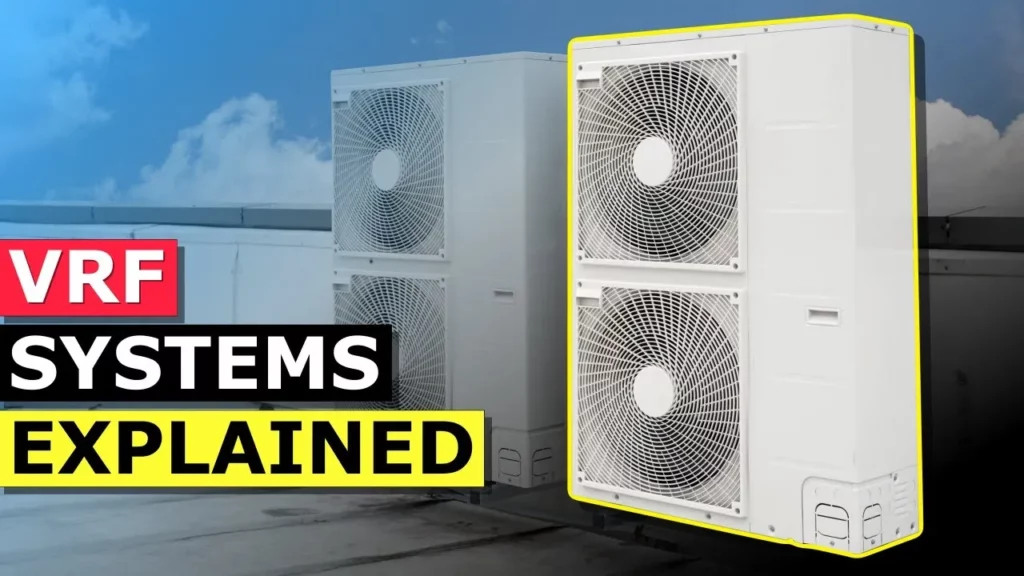
This lesson on Variable Refrigerant Flow (VRF) systems highlights their ability to provide both heating and cooling simultaneously, making them a versatile solution for environments with varying temperature needs. Unlike traditional air conditioning units, VRF systems utilize a sophisticated refrigeration cycle that allows for precise temperature control and enhanced energy efficiency, accommodating multiple indoor and outdoor units to meet diverse demands. The lesson also explains the fundamental components of refrigeration systems and how VRF technology operates, emphasizing its flexibility and effectiveness in managing thermal energy.
Chilled Water Schematics – How to read hvac engineering drawing diagram

This lesson provides a comprehensive overview of chilled water schematics, essential for understanding HVAC engineering drawings in buildings. It covers how to read and interpret these schematics, identify key symbols and components, and recognize various design approaches, ultimately equipping readers with the knowledge to navigate complex cooling systems effectively. The guide emphasizes the importance of understanding the layout and functionality of components like chillers, pumps, and valves to maintain system efficiency.